Village Focus: Barwick-in-Elmet and its place in history as a battlefield for ancient kingdoms and religions
The church itself, All Saints in the village of Barwick-in-Elmet has Anglo-Saxon and Norman remains but the story being told in the window points to an even earlier and more intriguing history.
Oswy, King of Northumbria has been looking down on parishioners from that stained glass window since it was dedicated in 1912 and is titled, “He destroys heathenism at Winwaedfield, A.D.655.”
Advertisement
Hide AdAdvertisement
Hide AdAccording to a detailed document from Barwick in Elmet Historical Society, The battle of Winwaedfield saw Oswy, a Christian, defeat and kill Penda, the heathen king of Mercia.
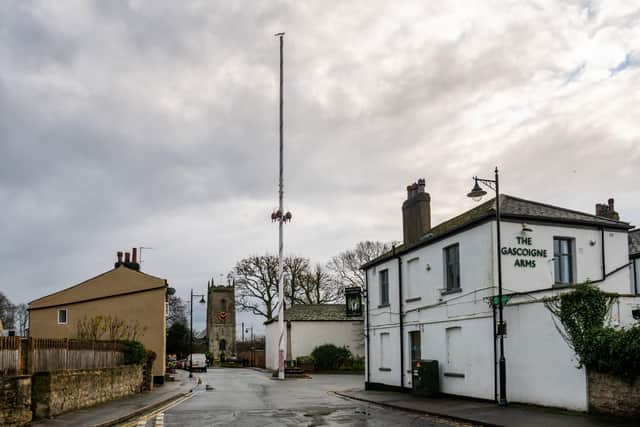

Bede, in the eighth century, tells us that King Oswy "both delivered his own people from the hostile depredations of the pagans and having cut off the wicked king's head, converted the Mercians and the adjacent provinces to the grace of the Christian faith.”
It is believed locally that the battle took place on Whinmoor and possibly around the area of Leeds that is York Road, the Ring Road, east of Seacroft, Thorner Lane, Red Hall Lane and Coal Road.
And, also that rather than the battle be strictly about religion, it was between the Anglian kingdoms of Northumbria and Mercia to decide which should be the dominant force in central and northern England.
Advertisement
Hide AdAdvertisement
Hide AdNorthumbria was united under King Edwin in the early seventh century and became the dominant kingdom in northern England. Later in the century, Mercia, under King Penda and allied to the Welsh, grew in power and influence in central England.
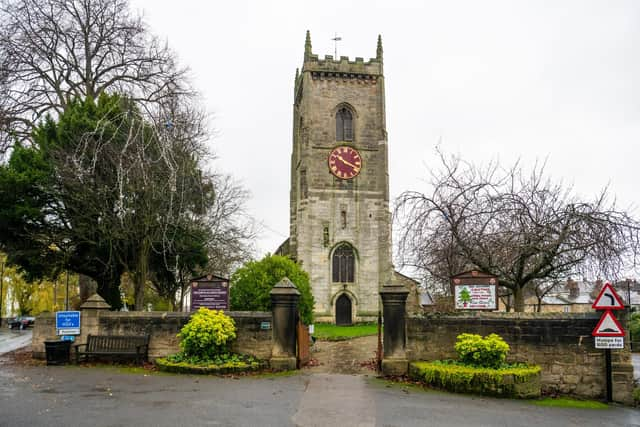

But between these two was the small Kingdom of Elmet – which was an independent Brittonic kingdom between the 5th and early 7th centuries. It later became what we would know today as the smaller area of the West Riding of Yorkshire then West Yorkshire, South Yorkshire and North Derbyshire.
However, it also means that Barwick-in-Elmet is one of only three places in the area to be explicitly associated with the kingdom of Elmet. The others are Scholes-in-Elmet and Sherburn-in-Elmet a few miles away.
Particularly to Barwick-in-Elmet, it is said the village name comes from the Old English words bere ('barley') and wīc ('settlement, specialised farm') and it first referred to in the Domesday Book of 1086 as Bereuuith and Bereuuit.
Advertisement
Hide AdAdvertisement
Hide AdThe combination Berewyke in Elmet is clearly used from 1329.
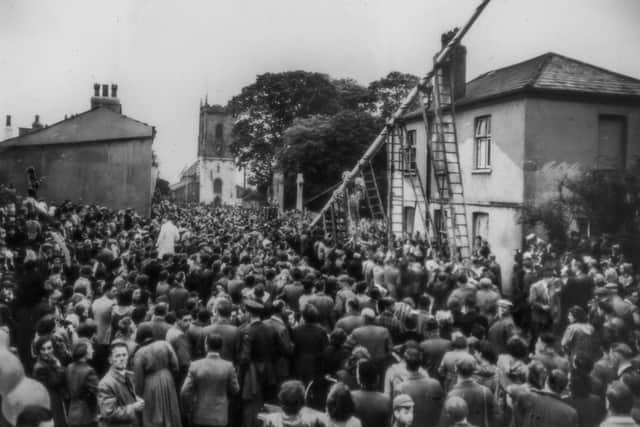

Locals are fiercely proud of Barwick-in-Elmet and the link to lost kingdoms. The Historical Society says that there have been occasions an attempt has been made to shorten Barwick-in-Elmet to just Barwick – such as with road signs but it has been met with huge opposition and not progressed.
Other snippets from several centuries previous point to the very tangible Wendel Hill. The remaining earth, mound and a ditch are from an Iron Age fort and the site was later used for a Norman motte-and-bailey castle and a Second World War observation post.
There are also Norman remnants which are still to be seen in the parish church today and have been dated by an expert to the 10th and 11th centuries.
Advertisement
Hide AdAdvertisement
Hide AdPart of All Saints was re-built in the 12th century and in 1327 a taxation survey revealed there were 197 adults living in about 100 households.
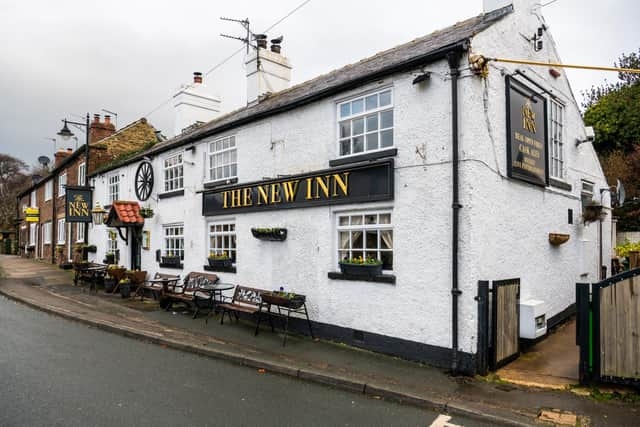

In 1720, the first known school in Barwick in Elmet opened. Morwick Hall was built in the mid to late 18th century for Edward Gray, who was Lord Mayor of Leeds in 1749 and 1768 and as time went on, by 1821, the parish had a population of 1,481.
Now, while some of Barwick-in-Elmet’s history can be traced as far back as Oswy, the King of Northumbria back in 655 AD – what is unknown is the date at which the village maypole fist appeared.
Other anecdotes suggest the maypole originally had some importance in the Germanic paganism of Iron Age and early Medieval cultures of which we have touched upon so this may explain why there is one here in Barwick-in-Elmet.
Advertisement
Hide AdAdvertisement
Hide AdThe popularity of them and the traditions of festivals and dancing at Pentecost and Midsummer waned during the 1700s and 1800s but not so much in this West Yorkshire village.
In fact, someone else wanted the maypole too and in 1966 a theft attempt was made. Quite an impressive feat seeing as, at 86 feet high, it is the second tallest maypole in Britain but the tradition was that if it could be taken and erected in another village, then that village could claim it.
The incident was re-told in an edition of The Barwicker in March 1987.
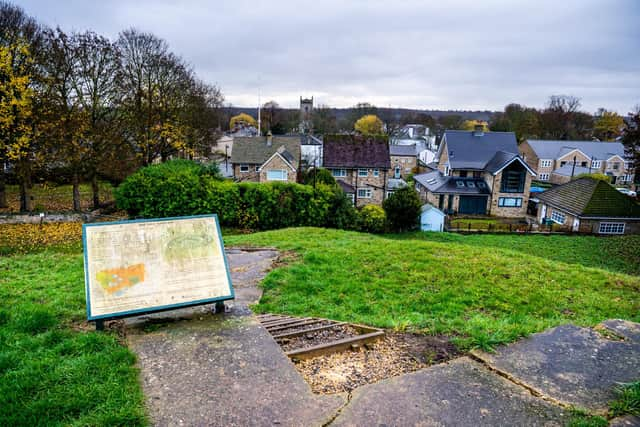

"Eight dark figures waited for Barwick church clock to strike midnight. Then, from their seclusion in Hall Tower Field, they pounced on a long pole lying in the wet grass. It was the Friday before Whit when a raiding party from neighbouring Aberford had come to get Barwick's Maypole - three days before the triennial ceremony of the raising of the Maypole on Whit Tuesday.
Advertisement
Hide AdAdvertisement
Hide Ad“In a letter to the press, Albert Warner who lived in Aberford Road wrote: "On the night of Friday/Saturday, I was awakened by the dog giving teethy growls, barking savagely yet wagging its tail with delight. Now I know the reason for this commotion. The top half of the Barwick maypole was being smuggled past my gate. As the town crier of the maypole raising, I shall never live this down. With the enemy at the gate, I let them pass unchallenged."
Search parties were organised but with Maypole Day almost on them the committee decided they would have to buy a new top half for the pole.
Then two boys had been overheard saying "They will never find it where we've put it”, before Mr Hartley, a countryman, noticed crops in a field had been trampled down.
He followed the trail with a police officer before finding the pole three-quarters of a mile from the road, camouflaged by undergrowth. The pole was taken back to Barwick in triumph and in time for the ceremony.
